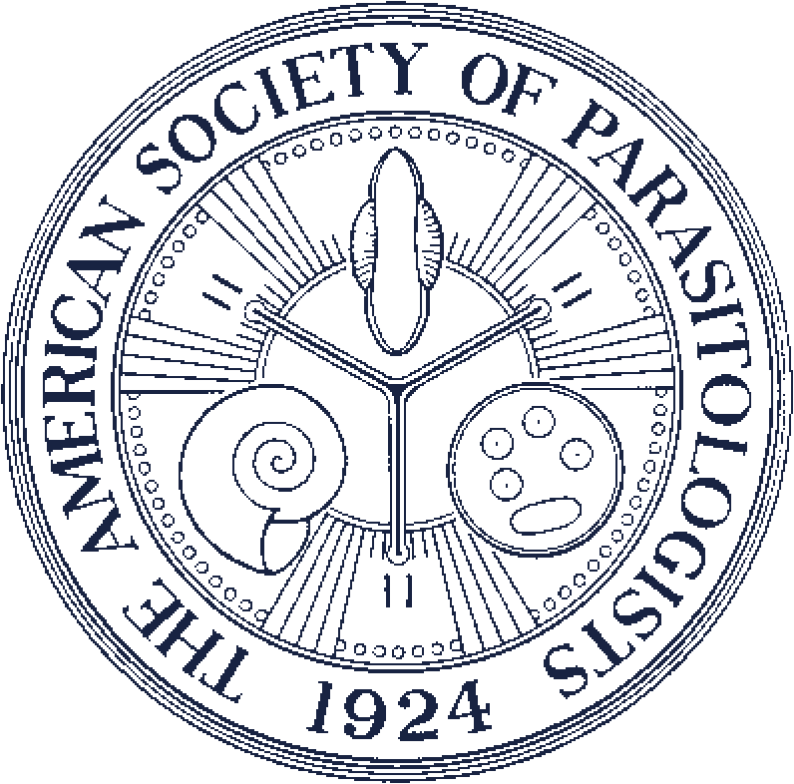CHEMOTAXIS RESPONSE OF PHASMARHABDITIS CALIFORNICA (FAMILY: RHABDITIDAE) AND PRISTIONCHUS ENTOMOPHAGUS (FAMILY: NEODIPLOGASTERIDAE) TO THE MUCUS OF FOUR SLUG SPECIES
The chemotaxis responses of soil nematodes have been well studied in bacteriophagic nematodes, plant-parasitic nematodes, entomopathogenic nematodes, and to a lesser extent malacopathogenic nematodes. Free-living stages of parasitic nematodes often use chemotaxis to locate hosts. In this study, we compared the chemotaxis profile of 2 slug-associated nematodes with overlapping host ranges. Phasmarhabditis californica is a facultative parasite that has been shown to express strain-dependent variation in chemoattraction profile. We tested 4 slug species to determine the attraction index of a Canadian strain of Ph. californica and a sympatric necromenic nematode, Pristionchus entomophagus. When tested against a control (distilled water), Ph. californica showed a clear (positive) attraction towards the mucus of slugs Ambigolimax valentianus, Arion rufus, and Arion fasciatus, but not Deroceras reticulatum. However, when given a choice between the mucus of D. reticulatum and Ar. fasciatus in a pairwise test, Ph. californica was strongly attracted to the former. Other pairwise comparisons did not reveal a clear preference for either slug species in the following pairs: D. reticulatum–Ar. rufus, Am. valentianus–Ar. rufus, D. reticulatum–Am. valentianus. The chemotaxis assay for Pr. entomophagus showed an attraction toward D. reticulatum and Ar. fasciatus (tested against controls); the attraction index for Am. valentianus was positive, but this was not statistically significant. In contrast, the attraction index for Ar. rufus was negative, suggesting possible repulsion to the mucus of this slug species. Given that Pr. entomophagus and Ph. californica occupy overlapping habitats, utilize similar hosts, and exhibit similar chemotaxis profiles, there is a potential for direct interaction between these 2 nematodes. Like other members of the genus Pristionchus, Pr. entomophagus may be able to prey upon the co-occurring Ph. californica, such antagonistic interactions could have important implications for the coexistence of these 2 species and Ph. californica in particular as a biocontrol agent against pestiferous slugs.ABSTRACT

Chemotaxis assays were performed on a 9-cm Petri dish with agar divided into 4 quadrants: X: 1-cm2 Whatman filter paper with mucus of slug species X refers to treatment 1., X′: adjacent area to treatment 1, Y: 1-cm2 Whatman filter paper with distilled water (control) or mucus of slug species Y as in treatment 2, Y′: adjacent area to control or slug mucus as in treatment 2.

Attraction indices of Phasmarhabditis californica to the mucus of slugs: Deroceras reticulatum (DR), Ambigolimax valentianus (AV), Arion fasciatus (AF), and Arion rufus (AR). The values range from +1 to −1. Positive values indicate attraction toward slug mucus, and negative values indicate lack of attraction.

Attraction indices of Phasmarhabditis californica to the mucus of Deroceras reticulatum (AR), Ambigolimax valentianus (AV), Arion fasciatus (AF), and Arion rufus (AR) in pairwise comparisons. The values range from +1 to −1. Positive values indicate attraction toward D. reticulatum, negative values indicate attraction toward the other host species in the pairwise test, except for the pair between Ar. rufus and Am. valentianus where positive values indicate attraction toward Ar. rufus.

Attraction indices of Pristionchus entomophagus to the mucus of slugs: Deroceras reticulatum (DR), Ambigolimax valentianus (AV), Arion fasciatus (AF), and Arion rufus (AR). The values range from +1 to −1. Positive values indicate attraction toward slug mucus while negative values indicate lack of attraction.
Contributor Notes
